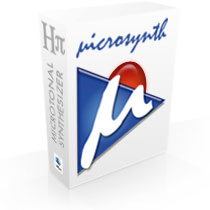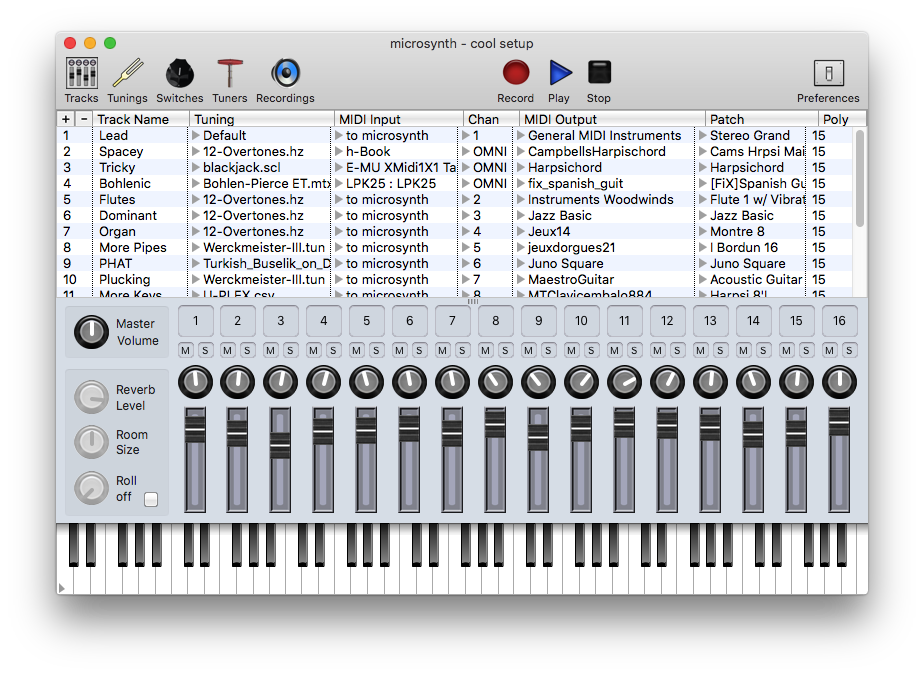



August 24, 2019

Sometime around 2010, John Reed, Professor at the University of Houston, School of Art, contacted me to propose a custom software project. He was looking for a microtonal synthesizer that would respond to MIDI Tuning Standard messages to interface with his work in Max/MSP. This was a happy coincidence, because I had been thinking about starting a microtonal synth project anyway, so we made a deal. I can't remember how long it took before I had something working, but the result was the first version of microsynth.
microsynth has managed to make its way through a lot of changes in the Mac and Windows operating systems, but after almost a decade, changes taking place in the Apple ecosystem have been threatening the future of microsynth for some time. (In case you haven't heard, Apple will be removing support for 32-bit applications in a future version of OSX.) microsynth is unique among all other H-Pi software in that it uses several external libraries, and until now these libraries have all been 32-bits, forcing microsynth to also be a 32-bit application.
The task of maintaining an app employing external libraries is difficult and time consuming. Whereas other applications can simply be recompiled flipping a 64-bit switch on, microsynth has required recompiling all the external libraries (with different libraries for Mac versus Windows), and updating the source to access new APIs accordingly. The OpenAL library which had been used for recorded wav file playback has not been updated to 64-bit, so it was removed from microsynth, and native audio APIs are now used.

Needless to say, producing a new 64-bit version of microsynth has been a lot of work. In addition to 64-bit compiling, I decided to also support Retina displays (called HiDPI on Windows) with this update. I know it may seem like microsynth is coming a little late to the Retina display party, but the amount of work involved in supporting Retina for an existing app is a bit daunting. In short, all new graphics have to be made, in larger versions to replace the older smaller resources, because a HiDPI screen requires an image twice or three times as large as it appears on the screen. About a week was spent full time working on nothing but creating new microsynth images. The result is an interface which looks sharp on HiDPI displays.
These advances bring some changes to operating system compatibility. Until now, microsynth has been able to continue to support OSX 10.6.8 Snow Leopard (the OS on which it was originally written). With microsynth v2, that support had to be dropped, and the minimum OSX version is now unavoidably 10.11. Windows users will also need to have a 64-bit version of Windows installed in order to run microsynth v2. If you have a Windows 32-bit installation, you will need the older 32-bit version of microsynth. The most recent version of the Windows app compiled in 32-bits is the same as the MacOS version which still supports Snow Leopard, namely v1.6.63. When you buy a microsynth license, it works for both v1 and v2. If you need the older version due to operating system requirements, please send a message to receive a download link.
I would like to thank John Reed again for supporting the original microsynth project, and Felix Krauss for writing the original v1 wrapper interface for the synthesizer library which has now been updated to v2.

Please download the update from the microsynth software page.
Best Regards,
Aaron
[ Showing 1 entry | Previous entry | Next entry | Show all entries ]